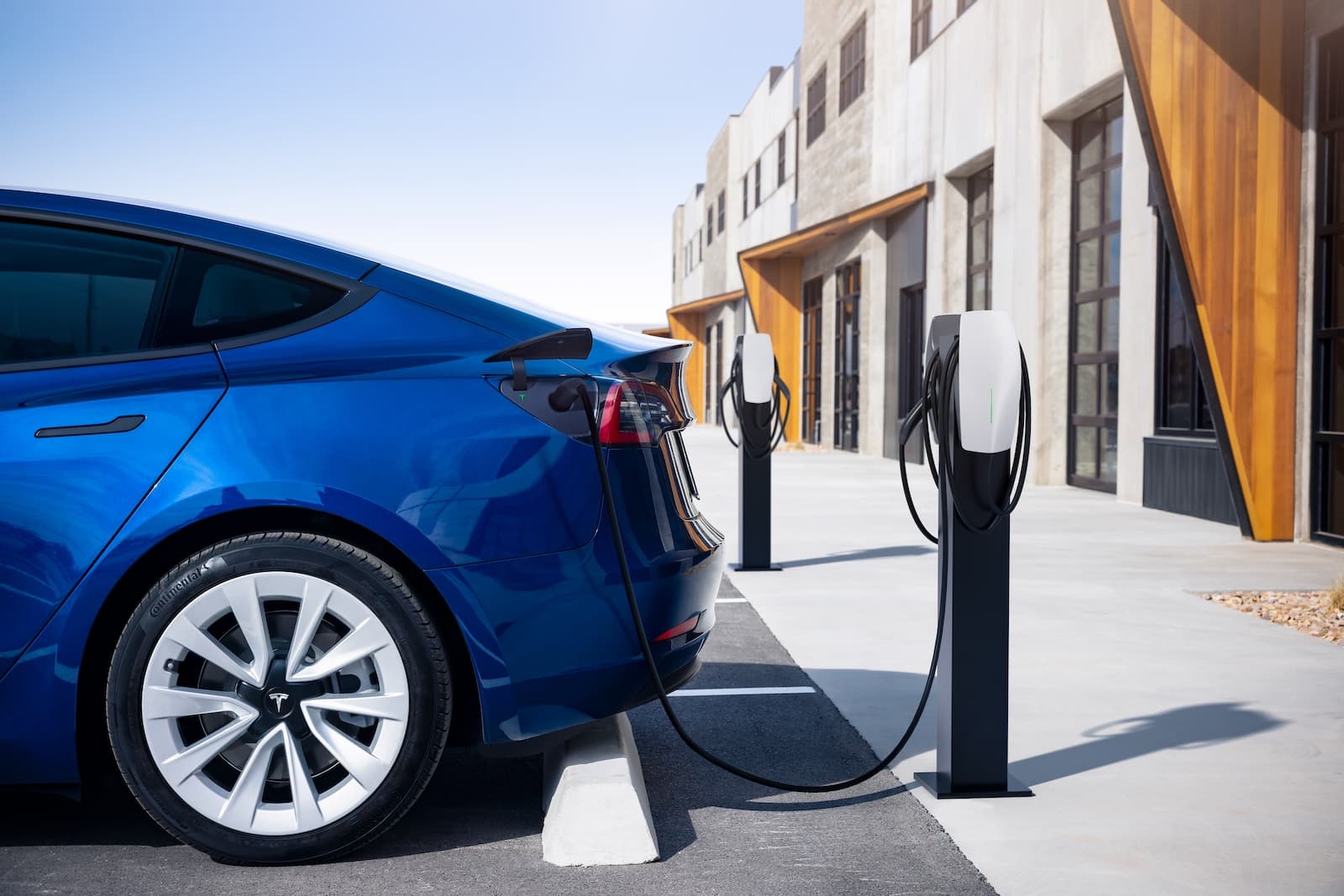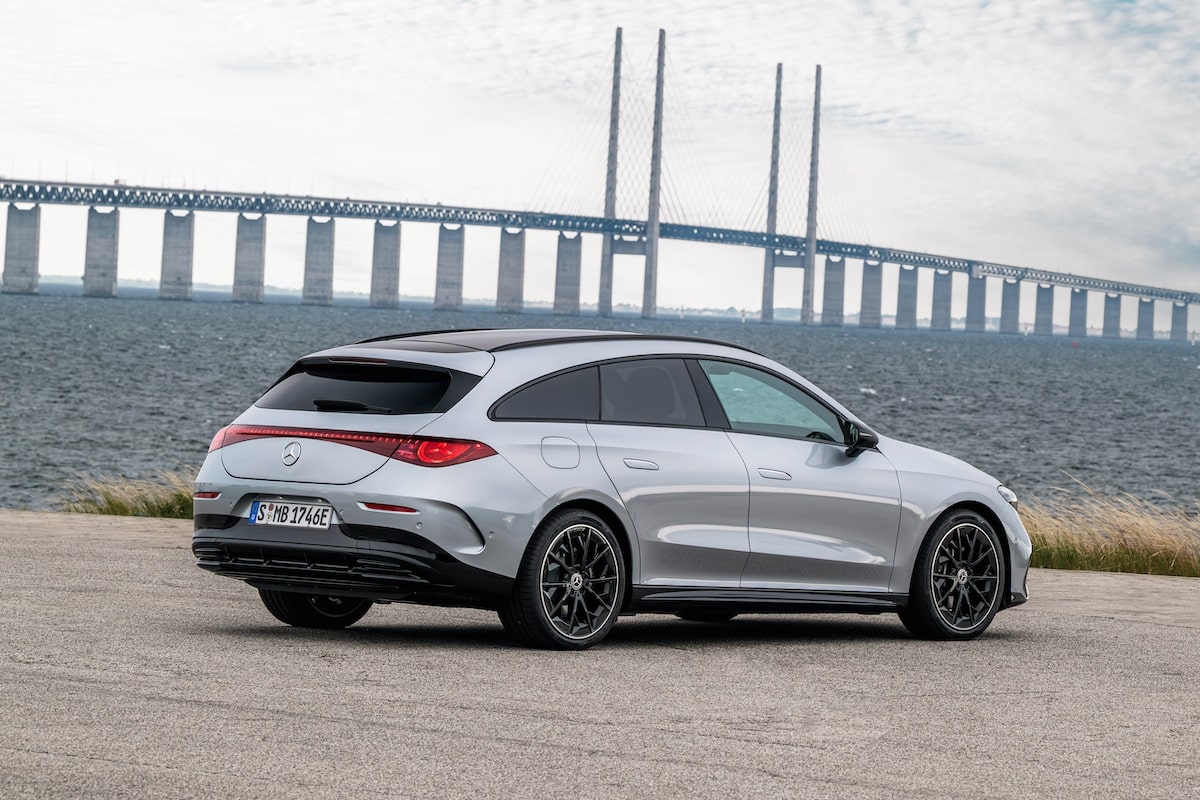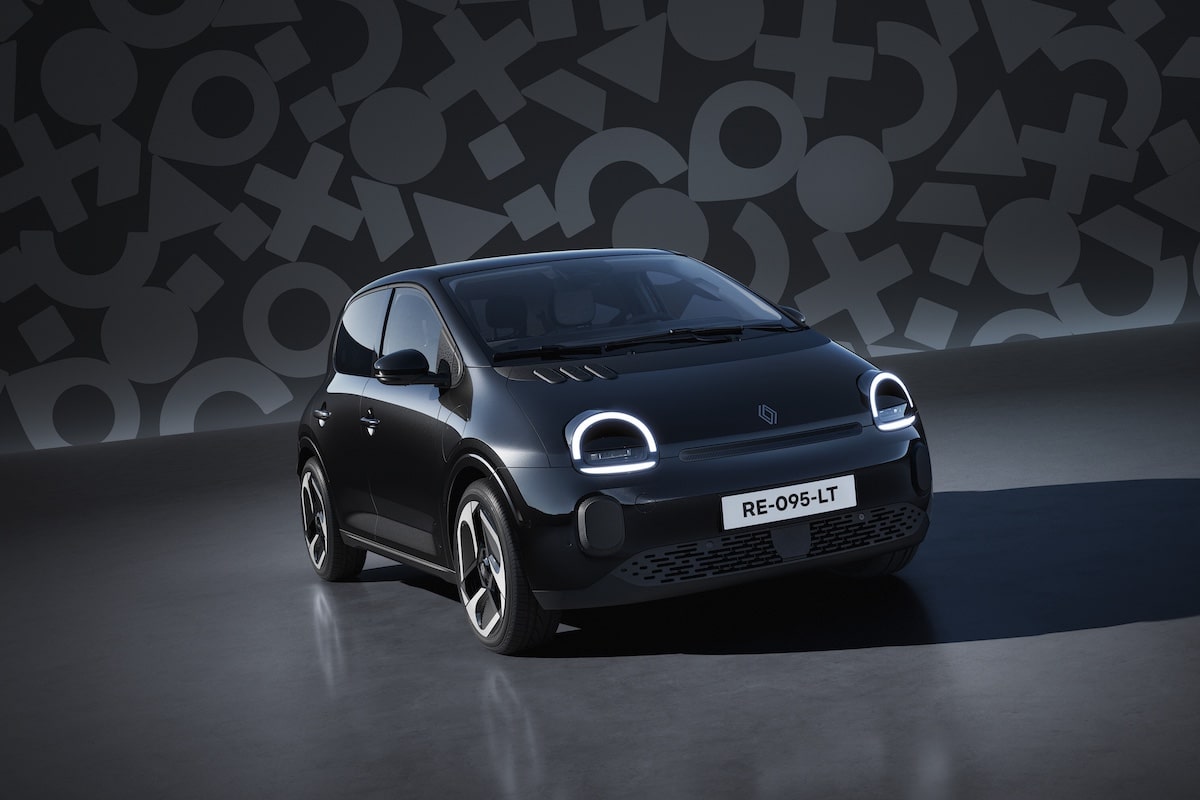Do You Master the Vocabulary of Electric Cars?

The lexical field of electric cars can be a bit overwhelming at times. Here are some useful definitions for everyday use.
In the constantly evolving automotive landscape, electric cars have emerged as an unavoidable force. With their cutting-edge technology, reduced environmental impact, and promise to revolutionize mobility, electric vehicles are at the heart of the future of the automotive industry. Discover the electrifying world of these innovative vehicles and explore their unique lexicon.
1. Lithium-ion Battery : Electric cars are powered by lithium-ion batteries, which store and release the electricity needed to propel the vehicle. These batteries are lightweight, durable, and increasingly efficient.
2. Range : The range of an electric car refers to the distance it can travel on a single battery charge. Recent advances have significantly increased this range, giving drivers greater freedom.
3. Fast Charger : Fast chargers are rapid charging stations specifically designed for electric vehicles. They allow for recharging the battery much more quickly than a standard household socket.
4. Electric Motor : Unlike internal combustion engines in traditional cars, electric cars are equipped with electric motors that convert electricity into movement. These motors are silent, efficient, and provide instant torque.
5. Regenerative Braking : Electric cars often use a regenerative braking system. When you brake, kinetic energy is converted into electricity and stored in the battery, thereby increasing the vehicle’s overall efficiency.
6. Zero Emissions : Electric cars produce no direct greenhouse gases or air pollutants, contributing to reducing the environmental impact of transportation.
7. Wallbox : A wallbox is an electric vehicle charger installed at home or at the workplace. It enables faster and more convenient recharging compared to a standard electrical outlet.
8. EV : The acronym EV stands for “Electric Vehicle,” commonly used to refer to all types of vehicles that operate primarily on electricity, including cars, bicycles, and electric scooters.
9. Hybrid : Some electric vehicles are hybrids, meaning they combine an electric motor with an internal combustion engine. This allows for greater flexibility in driving while reducing emissions.
10. Tesla : One of the most iconic names in the electric vehicle industry, Tesla is an American company pioneering high-performance electric cars.
11. Charging Stations : Charging stations are public points where electric car drivers can recharge their vehicles. They are increasingly widespread in urban areas.
12. V2G : The abbreviation V2G means “Vehicle-to-Grid.” This technology enables electric cars to feed electricity back into the power grid when needed, helping to stabilize it.
13. Electrification of Public Transport : Many cities are adopting the trend of electrifying their public transport fleets by replacing buses and trams with electric vehicles, thus reducing noise and air pollution.
14. Hydrogen-Powered EV : Some electric vehicles use hydrogen fuel cells to generate electricity, offering an alternative to battery recharging.
15. Range Extender EV : These electric vehicles have a small internal combustion engine that generates electricity to recharge the battery when it is low, providing extended range.
16. Bidirectional Charging : This technology allows an electric vehicle to supply electricity to other devices, such as homes or buildings, which can be useful during power outages.
17. Aerodynamics : Aerodynamics plays a crucial role in the design of electric cars, as better aerodynamics reduces air resistance, improving energy efficiency.
18. kW and kWh : Kilowatts (kW) measure the power of the electric motor, while kilowatt-hours (kWh) are used to quantify battery capacity and energy consumption.
19. Autonomous Electric Vehicle : The integration of autonomous driving technology into electric vehicles is a growing trend, offering safety and efficiency benefits.
20. CSR (Corporate Social Responsibility) : Electric vehicle manufacturers are increasingly emphasizing CSR by reducing their carbon footprint during production and promoting sustainability throughout the vehicle’s lifecycle.
21. BMS (Battery Management System) : The BMS is a battery management system that monitors and regulates charging, discharging, and temperature of the battery cells to extend its lifespan.
22. All-Electric Vehicle (AEV) : This term refers to vehicles that operate exclusively on electricity, with no internal combustion engine or range extender generator.
23. Charging Power (kW) : It is the charging power measured in kilowatts. Faster charging requires higher charging power.
24. Charging Cable : Electric cars come with a charging cable that connects the vehicle to a power source, whether a household socket, a public charging station, or a wallbox.
25. Used EV : An increasing number of used electric vehicles are available on the market, offering buyers a more affordable entry into electric mobility.
26. Electric Car Sharing : Car-sharing services offer electric vehicles for short-term rentals, making electric mobility accessible without owning a vehicle.
27. CCS Charging Standard (Combined Charging System) : This fast charging standard is becoming increasingly widespread worldwide, ensuring compatibility across different brands of electric vehicles.
28. Renewable Energy : Many electric vehicle owners opt for charging from renewable energy sources such as solar or wind power to further reduce their carbon footprint.
29. Multi-Axle Electric Propulsion : Some electric vehicles, especially SUVs and trucks, use multi-axle electric drive for better traction and load distribution.
30. Luxury EV : Luxury automakers offer high-end electric models that combine performance with a sophisticated lifestyle.
This expanded lexicon covers various aspects of electric mobility, from underlying technology to emerging trends. It demonstrates the rapid evolution of the automobile industry toward cleaner and more sustainable mobility.
ALSO READ: This red Tesla Supercharger, new pilgrimage site?
This page is translated from the original post "Maîtrisez-vous le lexique de la voiture électrique ?" in French.
We also suggestthese articles:
Also read





